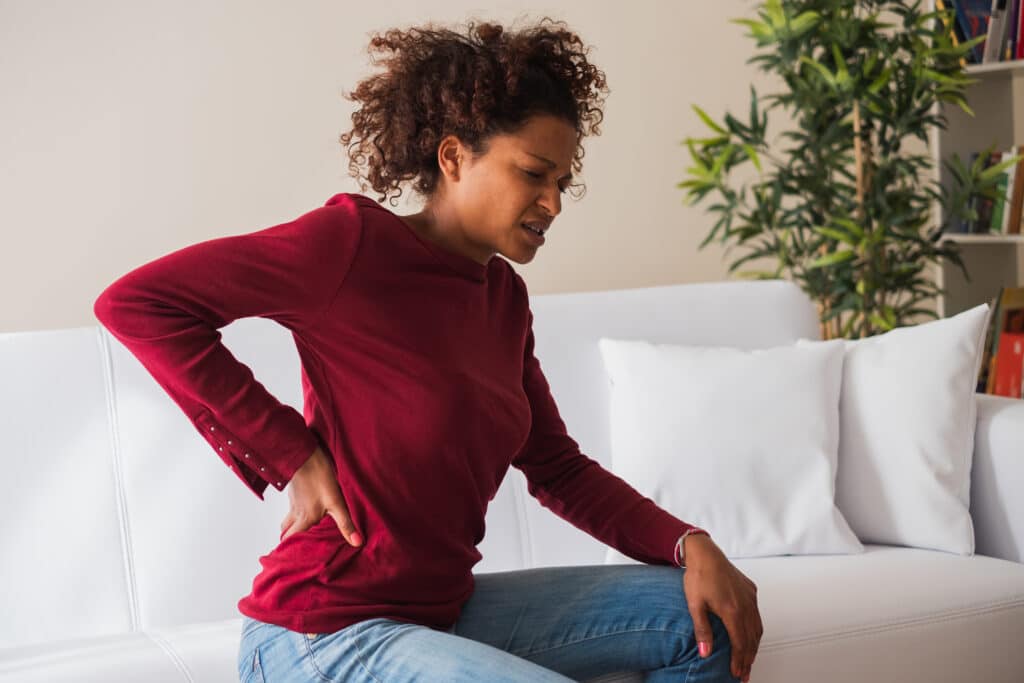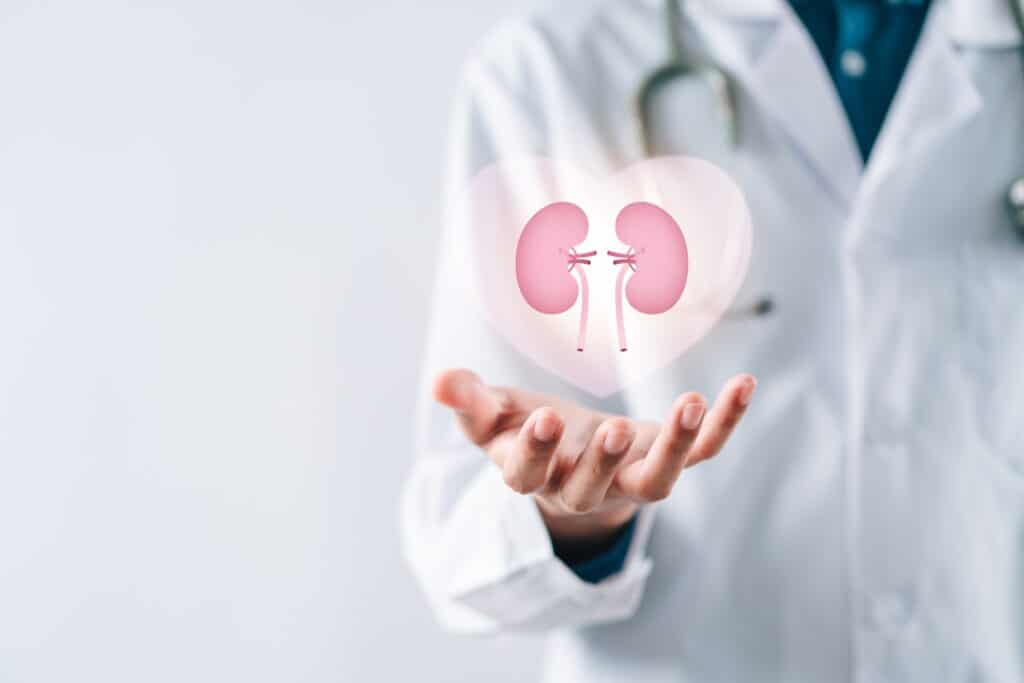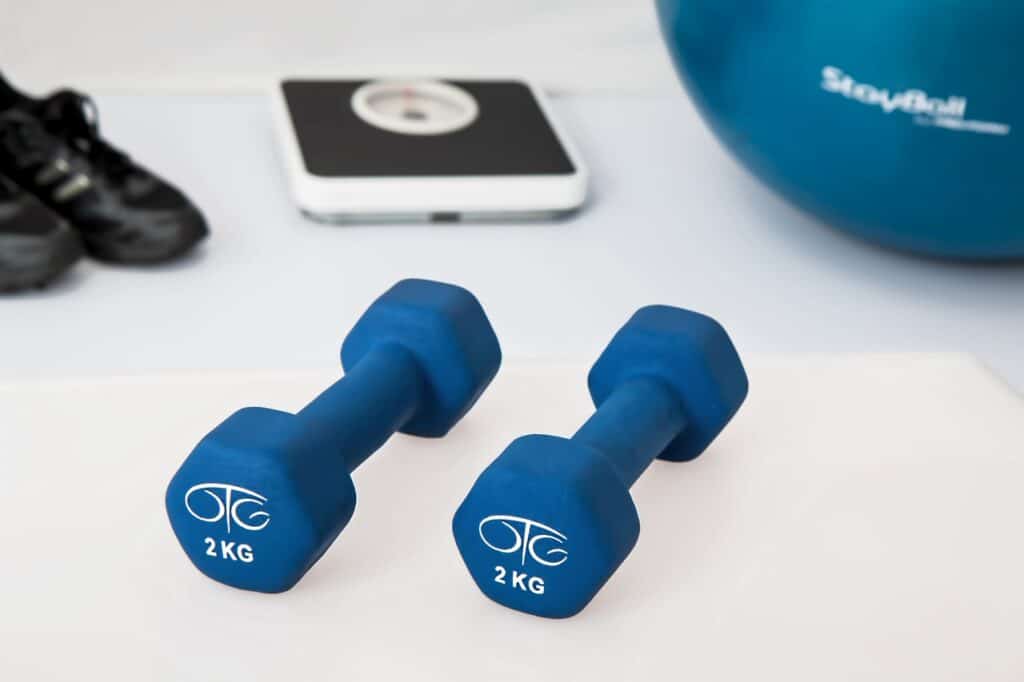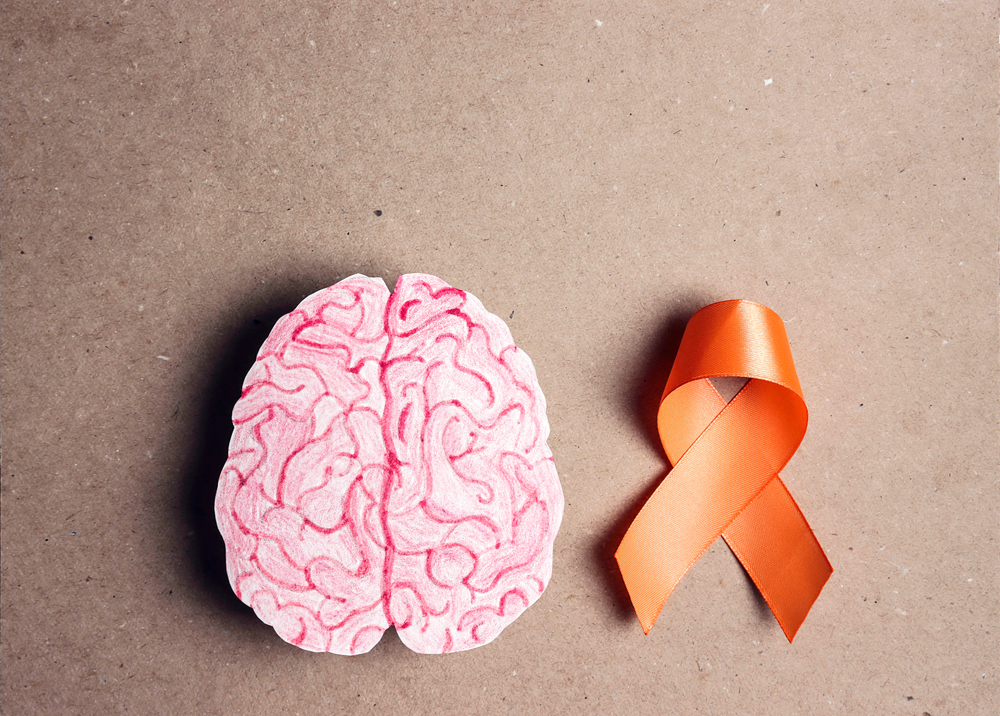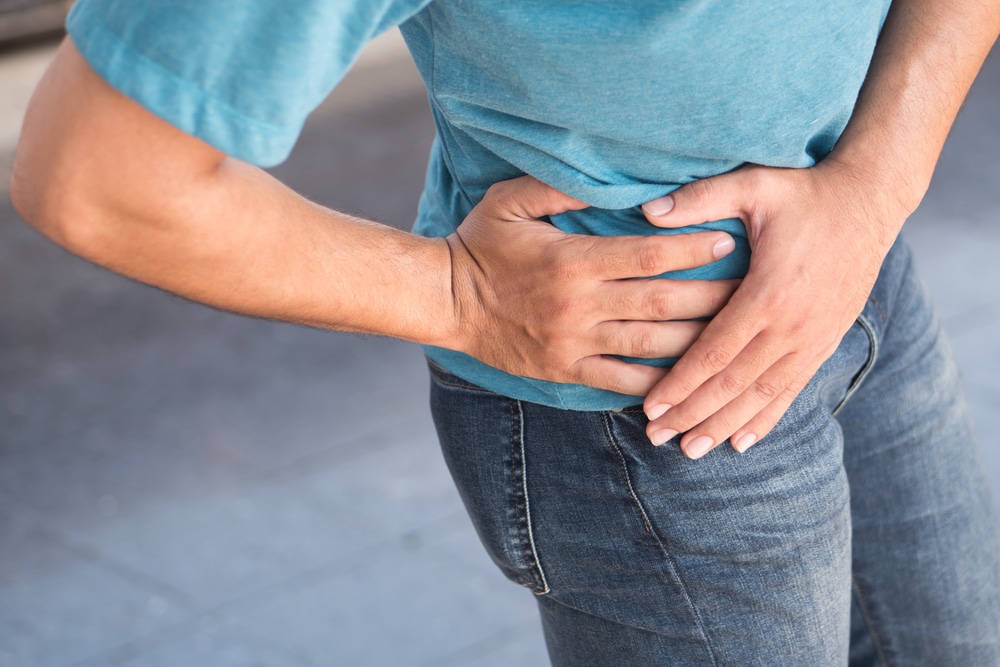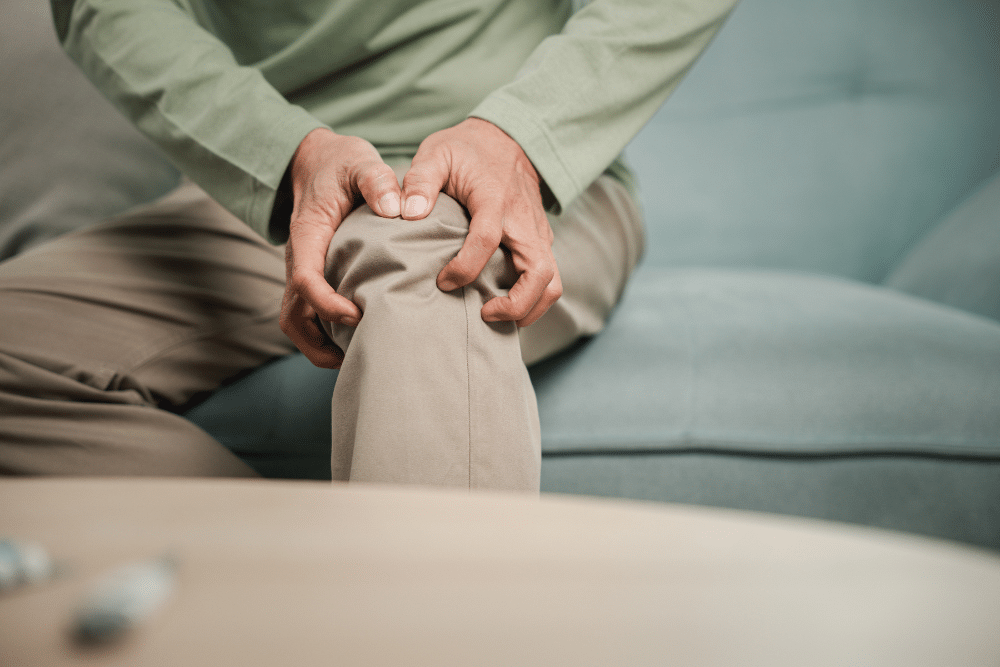Your First IV Therapy Appointment: What to Expect
IV therapy can be an excellent way to get the medications and/or transfusions that you need in order to feel your best. At Summit Healthcare, our IV therapy department works to provide our patients with comfortable, safe IV therapy in a relaxing setting. Here, we’ll explore what you can expect when you arrive for your …
Your First IV Therapy Appointment: What to Expect Read More »



